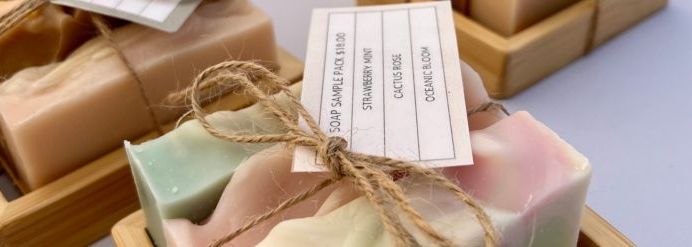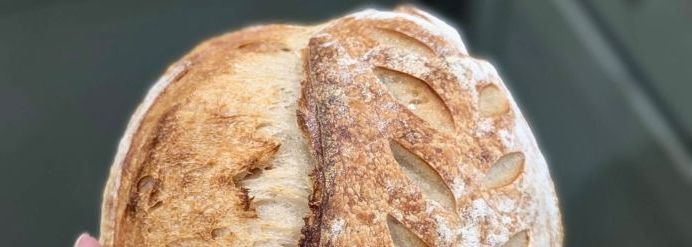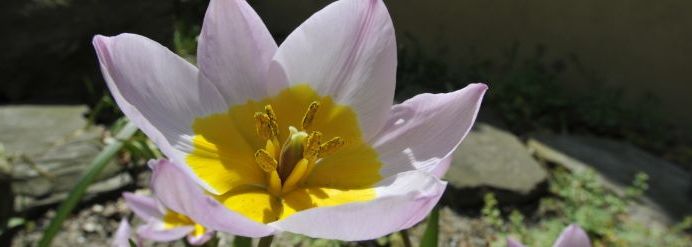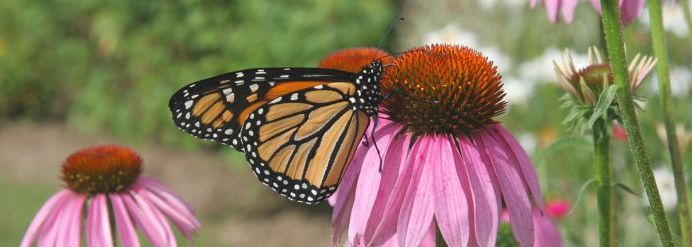Plant lovers in Gretna, Nebraska… this one’s for you!
Poisonous plants have developed a spooky aura over the centuries, inspiring fear, curiosity, and awe. On the eve of Halloween in Gretna, Nebraska, let’s dive into the world of spooky plants and the folklore that surrounds them!
The Mandrake root
Few plants are as well-known in mythology as the mandrake, a root shaped like a human figure. According to legend, mandrake roots would scream when pulled from the ground, and anyone who heard the scream would die instantly. In medieval folklore, those brave enough to harvest the mandrake would use a dog to pull it from the soil to avoid the deadly cry. In ancient times, it was used in medicinal practices to treat various ailments, although its toxicity made it dangerous. Even in literature and pop culture, like J.K. Rowling’s Harry Potter series, the mandrake retains its spooky allure.
Belladonna
Belladonna, also known as deadly nightshade, is one of the most infamous poisonous plants in history. It was named “belladonna,” meaning "beautiful lady" in Italian, because women in Renaissance Italy would use drops made from the plant to dilate their pupils, which was considered a sign of beauty. However, its beauty hides its dangerous nature. The entire plant contains toxic compounds that can cause hallucinations, paralysis, and death if ingested in sufficient quantities.
Wolfsbane
Wolfsbane, also known as aconite or monkshood, is a highly toxic plant with a long history in folklore, particularly in European legends. As its name suggests, wolfsbane was believed to have the power to ward off werewolves and protect against their deadly bites. According to myth, wolfsbane could be used as a protective charm or poison to slay a werewolf. Due to its poisonous nature, wolfsbane has been feared for centuries and continues to carry its dark reputation.
Hemlock
Hemlock is infamous for its use in ancient Greece as a method of execution. Most notably, the philosopher Socrates was sentenced to death by drinking a potion made from hemlock. The plant’s potent neurotoxins cause muscle paralysis, leading to respiratory failure and death. Hemlock’s connection to death and its use in executions have cemented its place as one of the most feared plants in history.
Black henbane
Henbane, also known as stinking nightshade, has a foul smell and toxic nature, making it a feared and respected herb in many cultures. The plant’s potent alkaloids can cause delirium, hallucinations, and even paralysis when ingested or absorbed through the skin, which made it a feared substance.
Happy Halloween, Gretna, Nebraska!
Poisonous plants have captured people's imaginations for centuries. Even today, these plants continue to carry an air of mystery and intrigue. Happy Halloween! Have fun tomorrow, and be safe!















